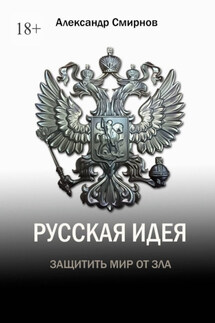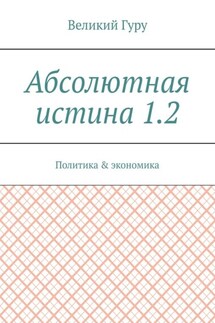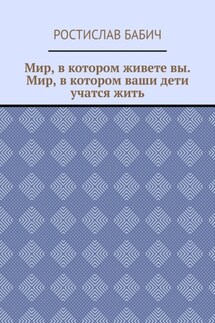Пропаганда 2.0 - страница 97
Clock and calendar time: a missing anthropological problem // www.philbu.net/media-anthropology/Postill_ClockCalendar.pdf
20. Hardesty L. Explaining the origins of word order using information theory // newsoffice.mit.edu/2012/applying-information-theory-to-linguistics-1010
21. Edward Gibson // bcs.mit.edu/people/gibson.html
22. Trafton A. How attention helps you remember // newsoffice.mit.edu/ 2012/neuroscientists-shed-light-on-plasticity-0927
23. Human Science Operation Cell // en.wikipedia.org/wiki/Human_Science_Operations_Cell
24. Greenwald G. How covert agents infiltrate the Internet to manipulate, deceive and destroy reputations // firstlook.org/theintercept/2014/02/24/jtrig-manipulation
25. The art of deception: training for a new generation of online covert operations // firstlook.org/theintercept/document/2014/02/24/art-deception-training-new-generation-online-covert-operations
26. Social networking fact sheet // www.pewinternet.org/fact-sheets/social-networking-fact-sheet
27. Lyons D. K. Analyzing the effectiveness of Al Qaeda’s online influence operations by means of propaganda theory // academics.utep.edu/Portals/ 1892/Theses/Analyzing%20the%20Effectiveness%20of%20Al%20Qaeda’s%20Online%20Influence%20Operations%20(Lyons). pdf
28. Rosand D. Myths of Venice. The figuration of a state. – Chapel Hill, 2001
29. Steven S. N. Venice as no-place: liminality and the modernist interpretation of the myth of Venice // shareok.org/bitstream/handle/11244/9535/Stevens_okstate_0664M_10780.pdf?sequence=1
30. Packwood D. Notes on the “Venetian Renaissance propaganda machine” http://artintheblood.typepad.com/art_history_today/2014/04/notes-on-the-venetian-renaissance-propaganda-machine.html
31. McPherson D. C. Venetia, Venetia: the myth of Venice // ransdell.faculty.arizona.edu/sites/ransdell.faculty.arizona.edu/files/mcpherson_venice_myth.pdf
32. Mars E. Four perspectives of propaganda and their Implication in a modern society // www.york.cuny.edu/academics/honors/theses/2010/mars_thesis
33. Jansen S. C. Semantic tyranny: how Edward L. Bernays stole Walter Lippmann’s mojo and got away with it and why it still matters // ijoc.org/index.php/ijoc/article/view/1955/907
34. Greene F. Working in the field of propaganda: early trailers & modern discourses of social control // framescinemajournal.com/article/working-in-the-world-of-propaganda-early-trailers-modern-discourses-of-social-control
35. George Creel // en.wikipedia.org/wiki/George_Creel
36. Creel G. How we advertised America. – San Francisco, 2007
37. Meller P. The development of modern propaganda in Britain, 1854–1902 // etheses.dur.ac.uk/246/1/The_Development_of_Modern_Propaganda_in_Britain,_1854-1902_-_FINAL_CORRECTED_THESIS.pdf?DDD17+
38. Delwiche A. Of fraud and force fast woven: domestic propaganda during the First World War // www.firstworldwar.com/features/propaganda.htm
4.3. Аудитория как товар: из истории канадской коммуникативной теории
В свое время нам всем объяснили переход от понятия СМИ к СМК, которое, кстати, так и не прижилось: мол, СМИ – это односторонняя передача, и это плохо, а СМК – двусторонняя, и это хорошо и прогрессивно. Однако средства массовой коммуникации никогда и не осуществляли двустороннюю передачу, поскольку источник и получатель здесь всегда будут несопоставимыми по своей мощности. Это в принципе асимметричные информационные процессы, где один имеет хорошие возможности только для «говорения», а другой – только для «слушания». И они технологически никогда не смогут сравняться по своей мощности, поскольку выполняют разные функции.









